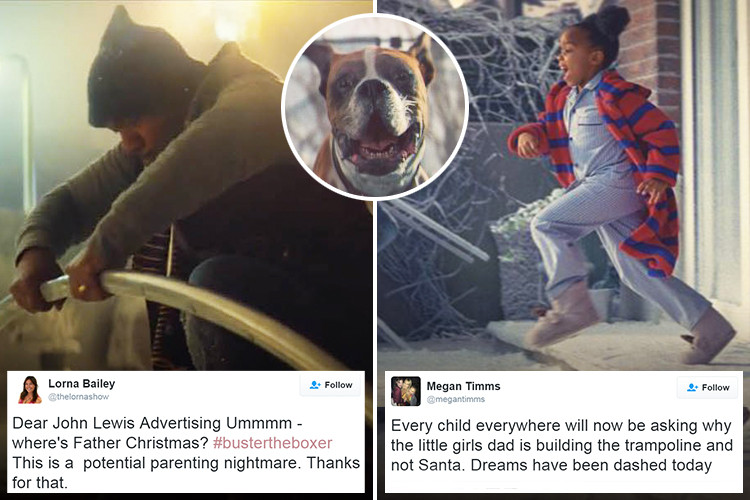If a brand can’t adapt it won’t survive: this is and has always been the case. But it’s no longer enough to take your evolutionary cues from new circumstances as and when they crop up. Successful evolution in 2017 requires a healthy dose of contextual awareness, future-gazing and, yes, risk.
Constantly assess your relevance
Preempting change and adapting your marketing strategy — or your entire brand — accordingly is easier said than done. But there are plenty out there who’ve done it and continue to do it. LEGO are probably the most popular example here, and for good reason. They enjoyed a hugely successful 20th century until the late 90s when they realised they’d need to tweak their positioning to remain relevant in a changing commercial climate. They did just that, using their 5,000 piece models to appeal to older demographics who kept them afloat. Rather than waiting and hoping for the reversal of a market shift that didn’t work for them, LEGO acknowledged the change and identified what they’d need to do to remain relevant. Then they did it.
Listen to your audience
Listening to the customer is hardly a new concept, but it is reaching a new level of importance. If you’re a brand that’s making a change, you have to ground some — if not the majority — of the process in the feedback of your audience, whether it’s positive, negative or both. That’s exactly what John Lewis appear to be planning to do. Their Christmas ad is a marketing institution: every year it makes its grand entrance and wastes no time in splitting public opinion. But the campaigns aren’t having quite the same effect as they used to, according to their Partnership chairman, Sir Charlie Mayfield. Their festive offering for 2016 was subject to headlines like ‘Why the John Lewis Christmas advert is a mess’ and worse, so John Lewis have made the decision to change things up. They might appear to be panicking prematurely by altering their approach based on a small dip in the ‘groundbreaking’ impact of their Christmas campaigns, but they’re not. They’re listening to the ripples of disinterest among their audience and adapting to avoid future disaster – because what seems like a steady drip today could well be a gushing leak tomorrow.

Observe the mistakes of others
There’s no getting away from the fact that change comes with risk – but if you want a little extra motivation to do something just look at what happened to those who did nothing. LEGO anticipated a societal and technological shift ahead of time and altered their proposition accordingly — and John Lewis look set to do the same — but there are many who weren’t able to think so far ahead. Brands like RadioShack, Payless and The Limited were all successful but didn’t identify the changes they’d need to make to keep it that way. The challenge they faced in rolling with the times was a difficult one, but by allowing their marketing to become paralysed — and their brands stale — they didn’t give themselves a genuine shot at meeting it.
Identify what’s changed – and how you need to respond
For your brand to evolve effectively, you need a deep understanding of context. At JPC, whenever we reposition any part of a brand, whether it’s the logo or the entire business model, we take inspiration from every aspect of the situation. Why did the brand need repositioning? What’s changed internally that’s made it irrelevant externally? What affect will the changes we implement make in a wider context? Only by taking the time to fully understand these things, can you consistently evolve at the same rate as — or even faster than — the marketplace around you.
If you’re interested in learning more about how to effectively refresh your brand in an increasingly fast-paced world, drop us an email here.


